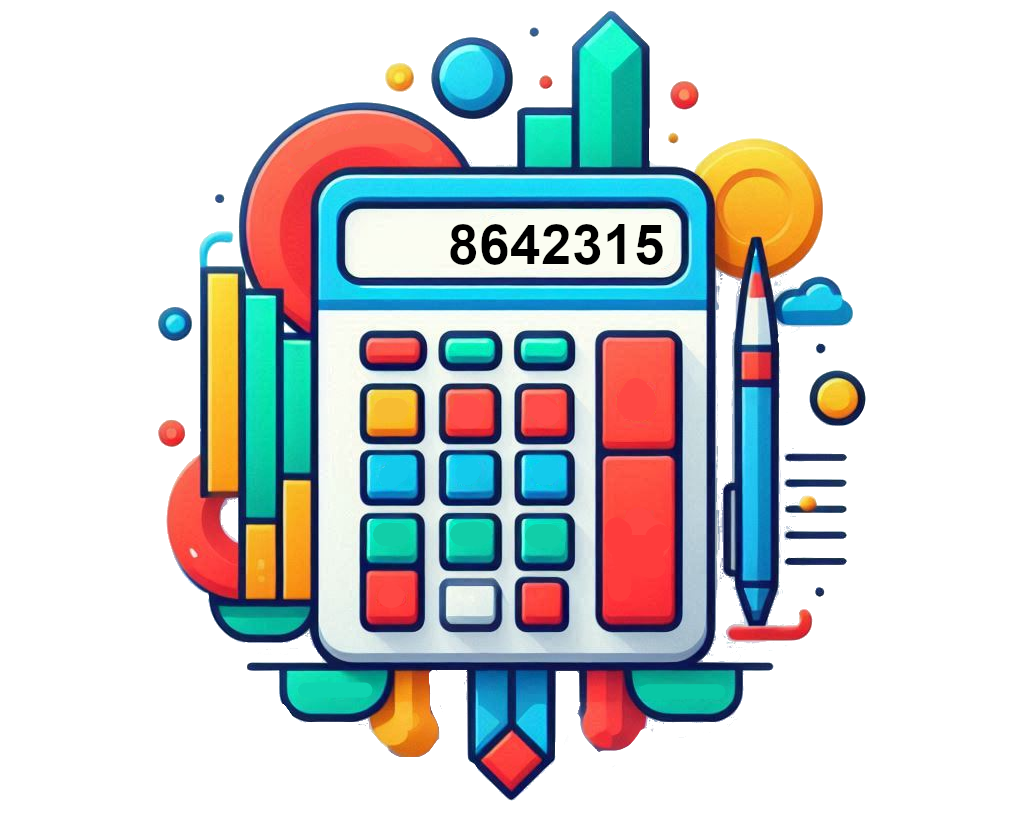Least Common Denominator Calculator
What is the Least Common Denominator?
The least common denominator is the smallest multiple that two or more denominators have in common. In simpler terms, it’s the smallest number that each of the denominators can divide into without leaving a remainder. Finding the LCD is essential for combining fractions with different denominators into a single fraction.
Definition: The least common denominator is the smallest positive integer that is a multiple of the denominators of two or more fractions.
Finding the Least Common Denominator for Rational Expressions
For rational expressions, the process is very similar. The least common denominator for rational expressions involves finding the least common multiple of the denominators, which may include variables.
Example: 2/x+1 and 3/x2+2x+1
1. Factorize the denominators:
◦ x2+2x+1can be factored as (x+1)(x+1)
2. The LCD is the product of all distinct factors, considering the highest power for each:
◦ LCD: (x+1)(x+1)(x + 1)
How to Find the Least Common Denominator
There are a few steps to finding the least common denominator (LCD):
List the Multiples of Each Denominator
Start by listing some multiples of each denominator.
Identify the Smallest Common Multiple
The smallest multiple that appears in both lists is the least common denominator.
Use the LCD to Rewrite Fractions
Once you have the LCD, you can rewrite each fraction with this common denominator, making it easier to perform arithmetic operations.
